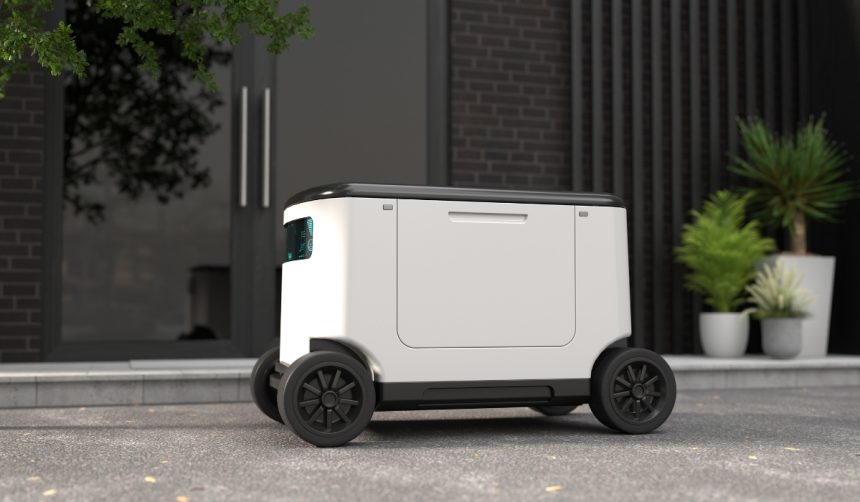Factories and warehouses relying on robotics for efficiency will soon have new options for managing fleets of mobile robots. eInfochips, part of Arrow Electronics, has partnered with InOrbit to deliver advanced solutions for controlling and monitoring autonomous mobile robot (AMR) fleets. This collaboration targets businesses aiming to streamline material handling, goods transport, cleaning, and sorting through robotics across multiple sites. Enterprises in sectors such as manufacturing, logistics, and retail could benefit from such coordinated robot operations, addressing recurring challenges around scaling and executing large robotic deployments.
Past information about both companies has focused on their independent strengths: eInfochips with expertise in AI-based hardware and digital transformation, and InOrbit as a provider of cloud robot orchestration tools. Previously, each company rolled out products to support single brands or limited integrations. With this new partnership, both are aiming to bridge the gap for large companies managing mixed fleets from different robot vendors, offering a more aligned approach to unified fleet management by combining their tools, domain knowledge, and service offerings. Prior collaborations in the robotics sector have highlighted integration challenges and slower time-to-market, which this partnership sets out to address.
How will their expertise support diverse industries?
By leveraging the technical experience of eInfochips in edge-to-cloud robotics, and InOrbit’s vendor-agnostic orchestration platform, customers may more easily develop and deploy diverse fleets of AMRs in industrial and commercial settings. Their joint approach provides a comprehensive workflow—from designing robot hardware and integrating sensors to running real-time operations and maintaining digital twins—aimed at reducing the burden on IT and operations teams. The collaboration is set to support functions from system design to operational safety and fleet performance improvements.
What solutions are offered for large-scale fleet operations?
InOrbit’s Space Intelligence platform enables organizations to observe, monitor, and manage robots in real time, handling incident management and multi-vehicle orchestration. eInfochips adds to this with its Center of Excellence in robotics, bringing together experts in AI, sensor fusion, and hardware systems to support proof-of-concept development and rapid scaling, with partnerships including NVIDIA, Qualcomm, and NXP. Companies adopting their integrated offering may benefit from a “single pane of glass” for managing fleet operations, consolidating processes for efficiency and oversight across multiple locations.
How do the partners view the collaboration’s impact?
“We’re excited to collaborate with InOrbit to offer our customers comprehensive robotics deployment services at scale,”
stated Barrie Mullins, assistant vice president at eInfochips, referencing the anticipated reduction in deployment time for enterprise AMR fleets. The collaboration also focuses on interoperability for multi-vendor and multi-site deployments.
“By combining our strengths, we’re empowering enterprises across industries to optimize their physical operations, ensuring that people and robots work better, together,”
said Florian Pestoni, CEO of InOrbit, underscoring their commitment to effective human-robot collaboration.
eInfochips draws from a global customer base, serving industries as varied as aerospace, healthcare, and automotive, while InOrbit’s solution already connects thousands of robots globally. They plan to demonstrate their integrated capabilities for managing entire AMR fleets at RoboBusiness 2025. Future expansion and platform development will focus on industries with intensive material movement requirements, responding to evolving demands for flexibility and operational scale.
Joint efforts from eInfochips and InOrbit mark a shift toward making robot fleets more manageable for large organizations, with their combined hardware, edge-AI, and orchestration offerings. Companies investing in large-scale automation can navigate earlier bottlenecks around vendor compatibility and remote management by leveraging these tools. For businesses considering wide-scale deployment of AMRs, focusing on scalability, real-time analytics, and unified control will be critical for achieving operational efficiency. Technology leaders following this progression in robotics orchestration may observe how vendor-agnostic platforms and edge-to-cloud integration influence the future direction of industrial automation, particularly as logistics and warehousing industries adopt increasingly diverse robot fleets.










